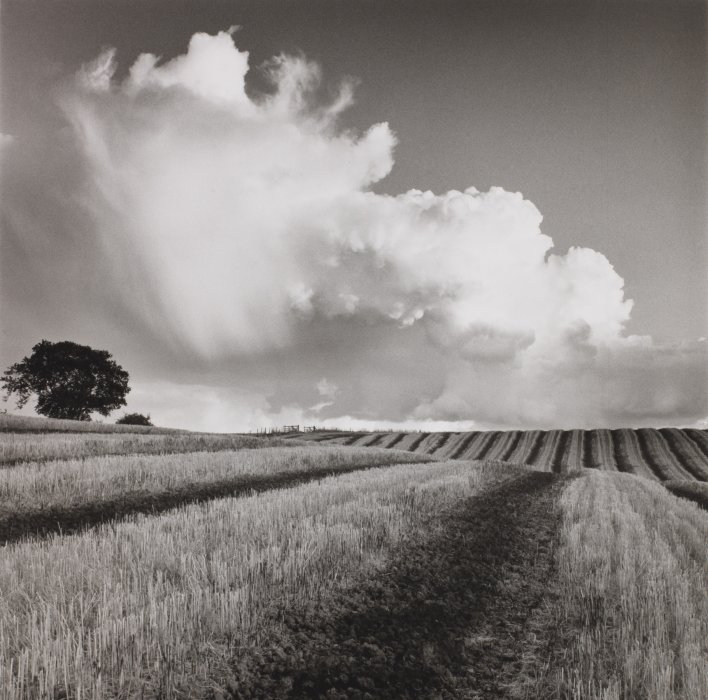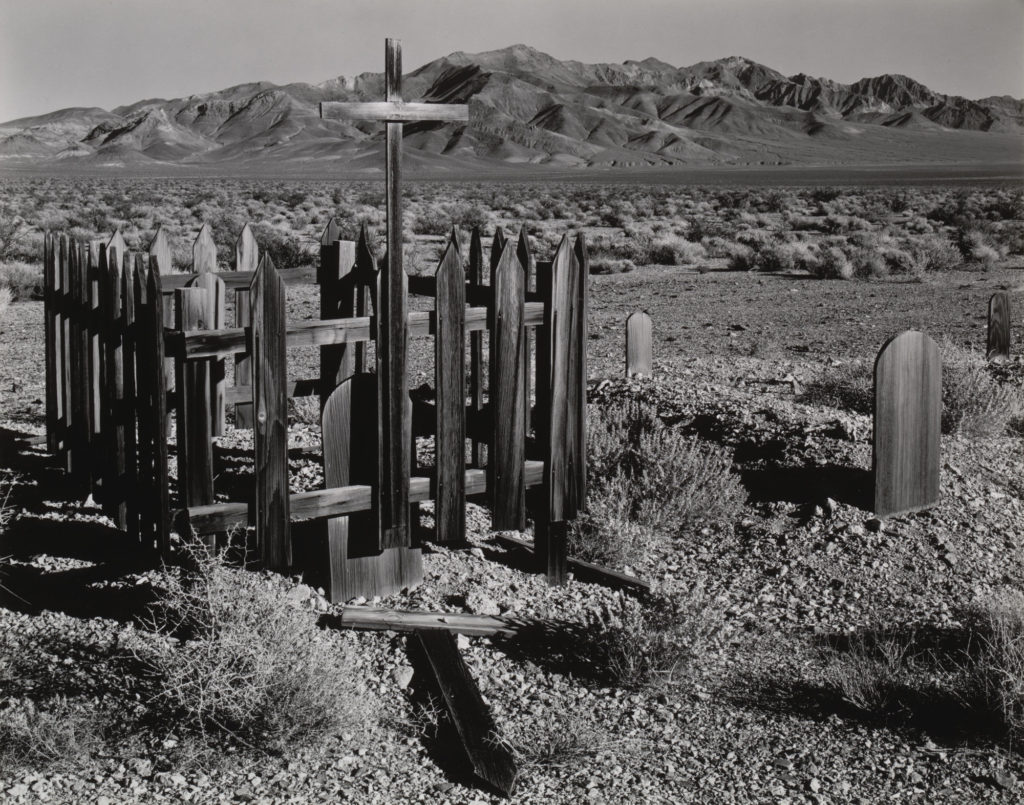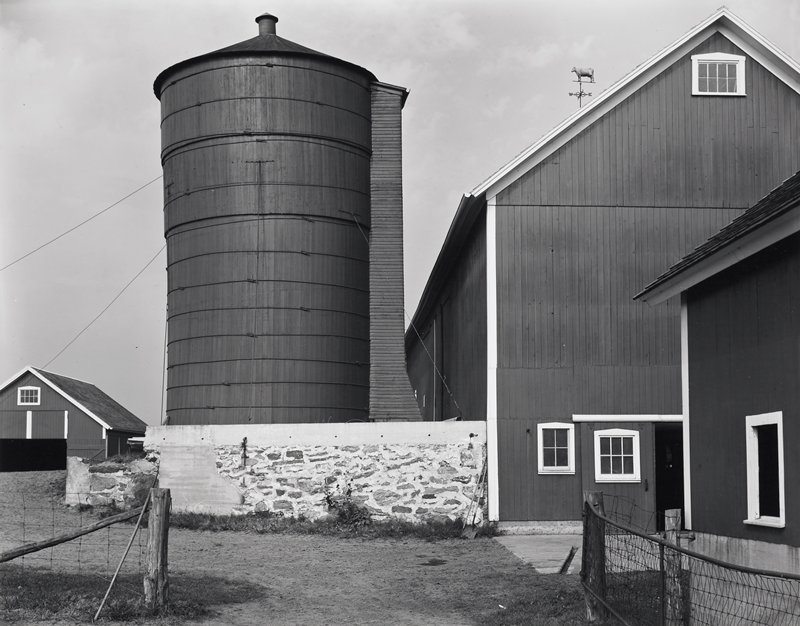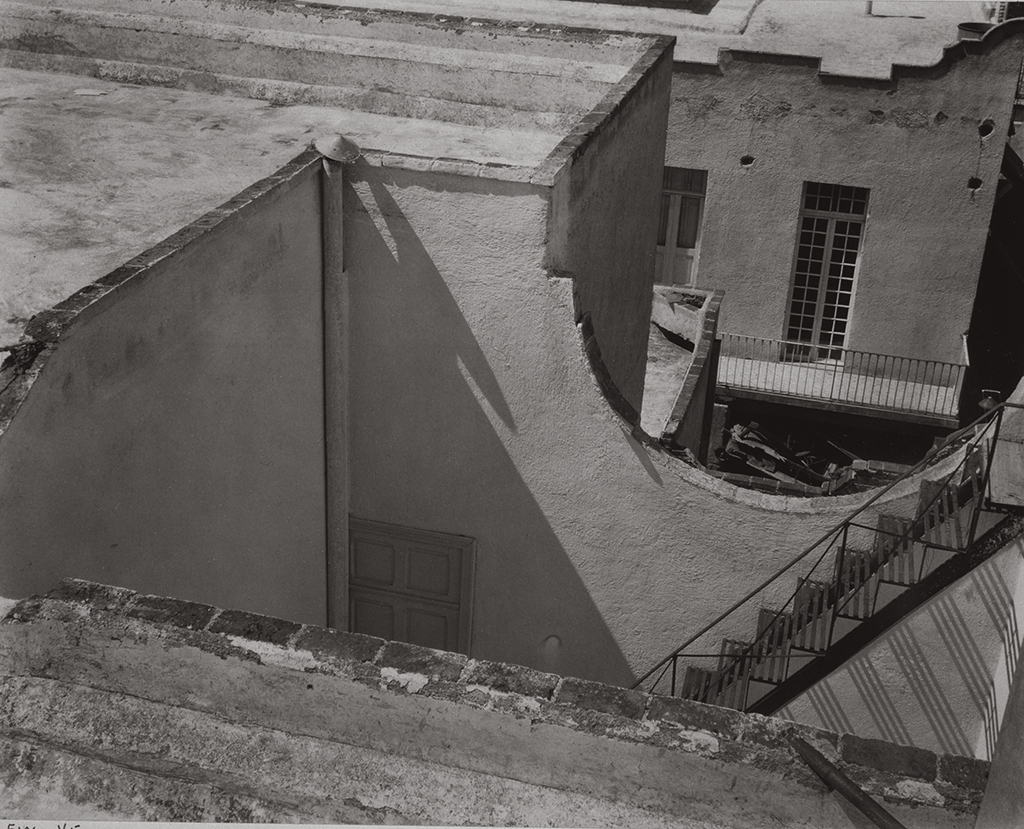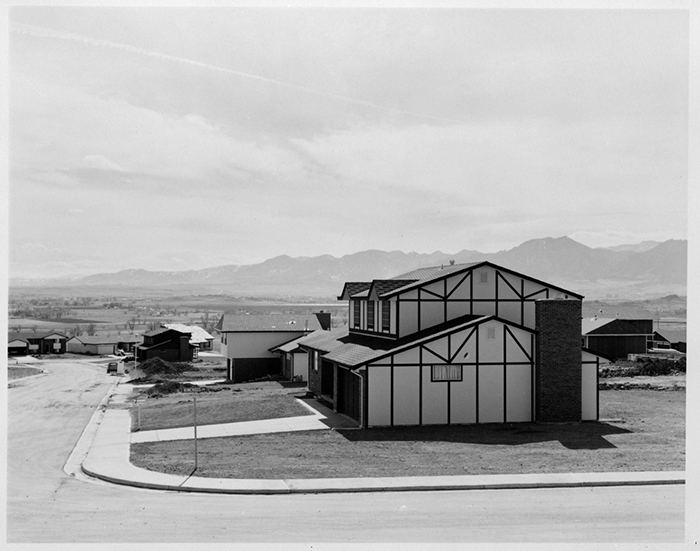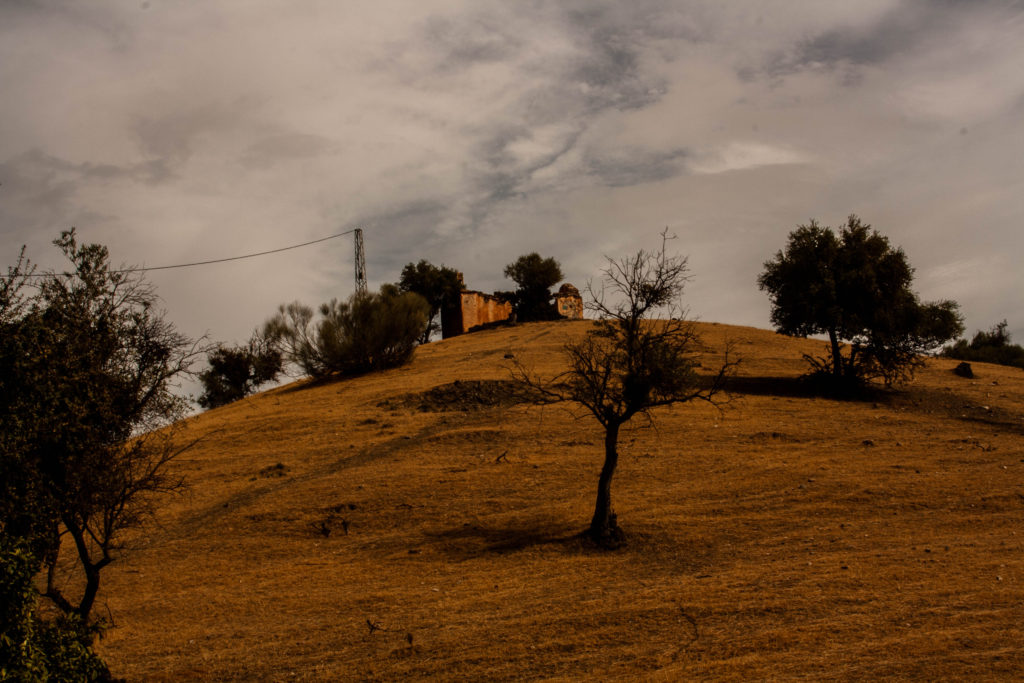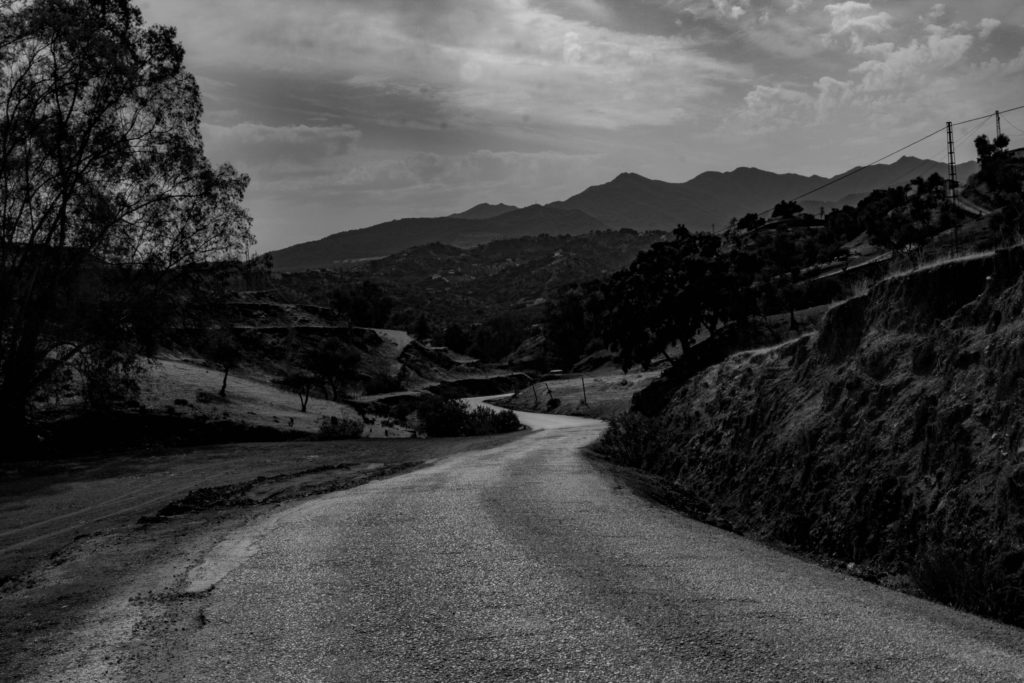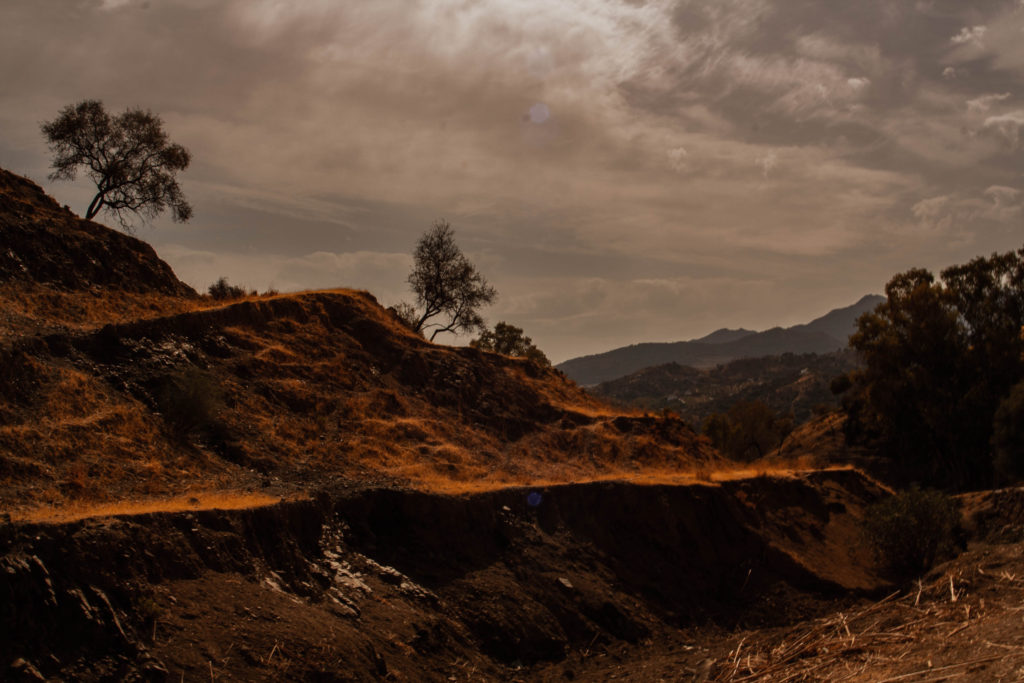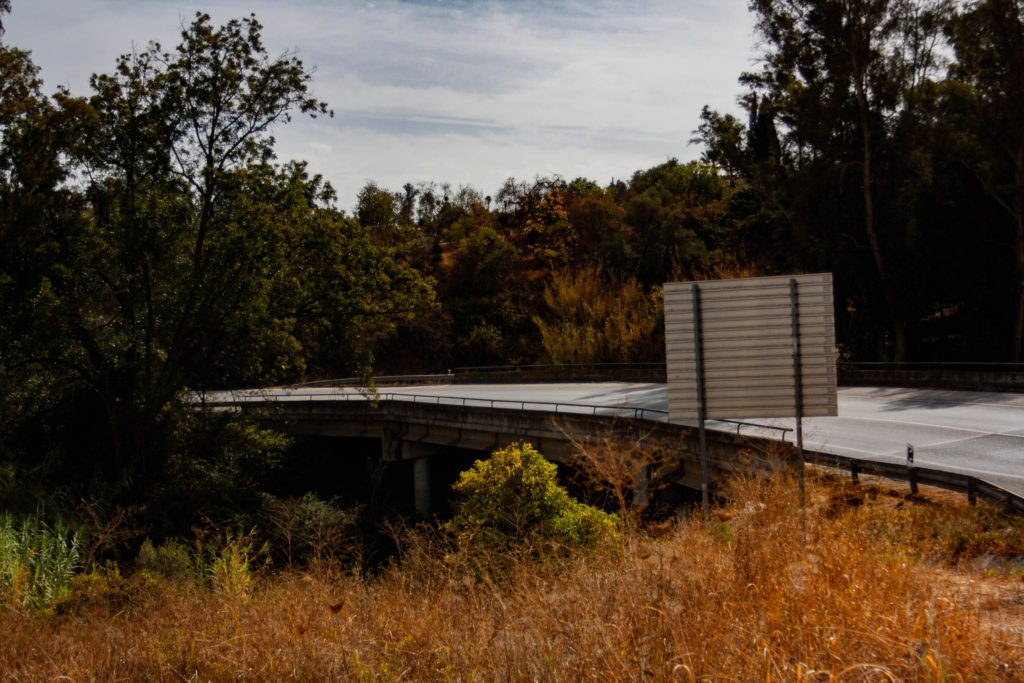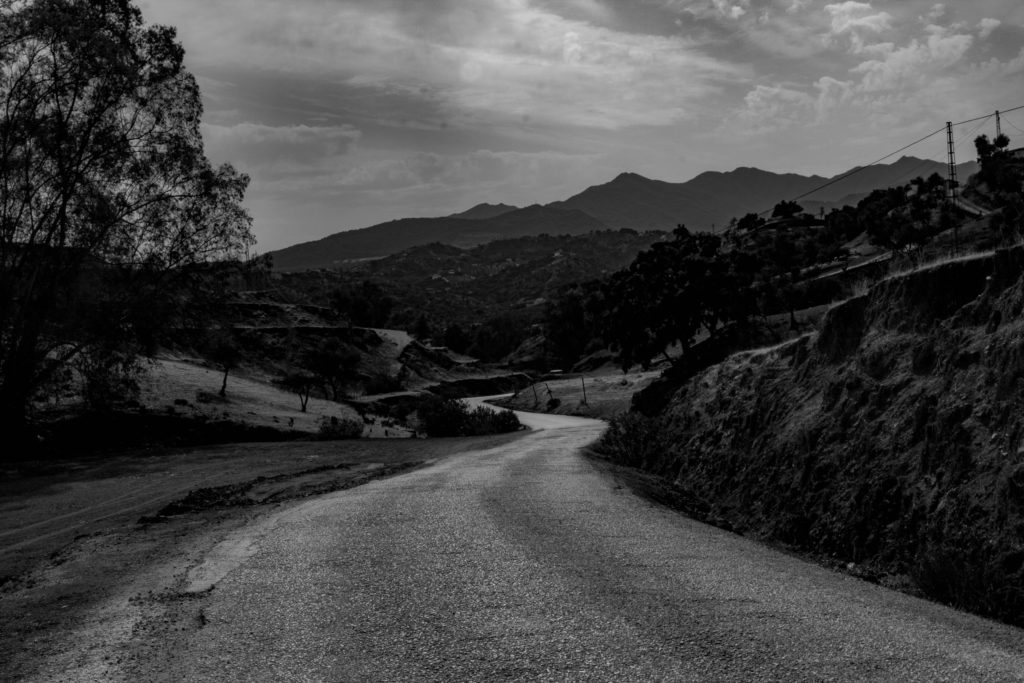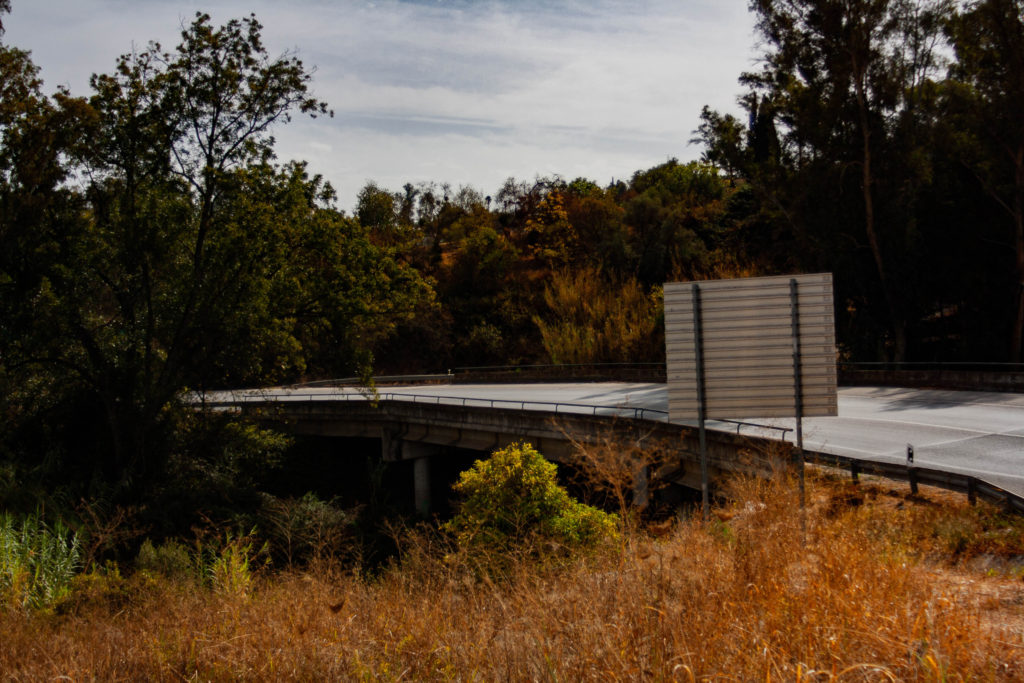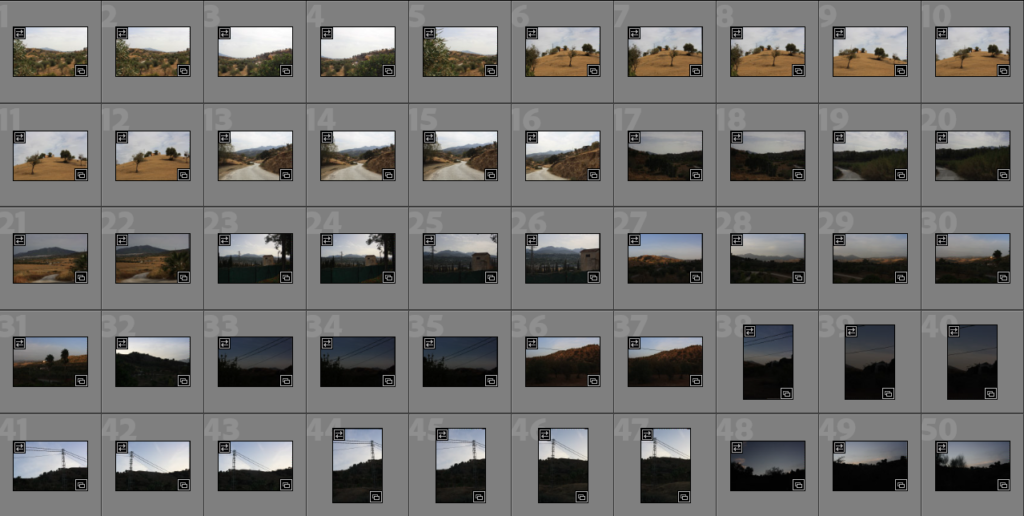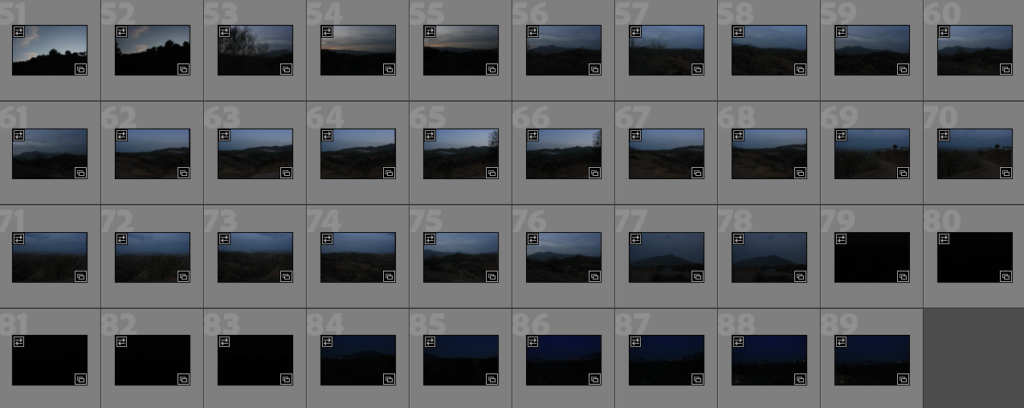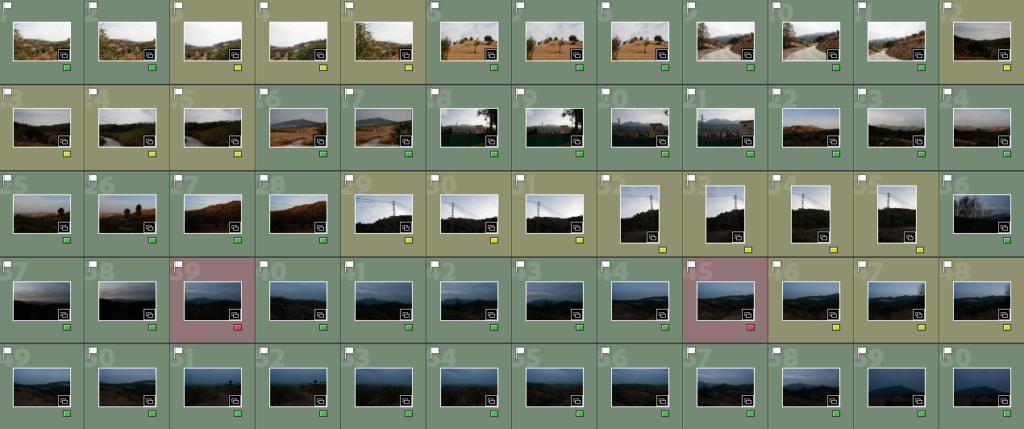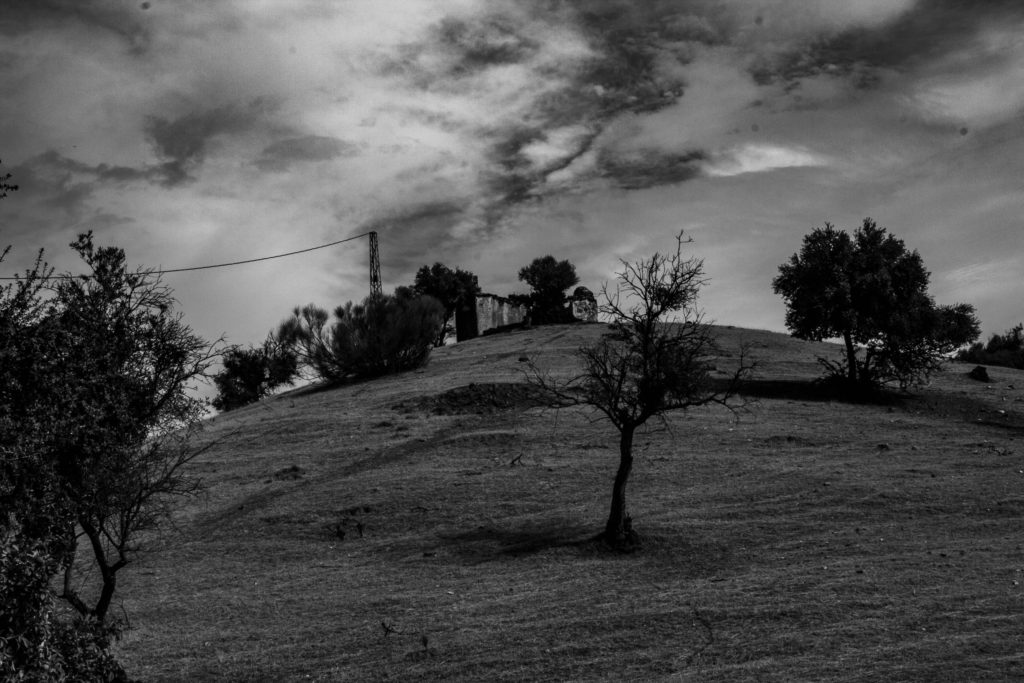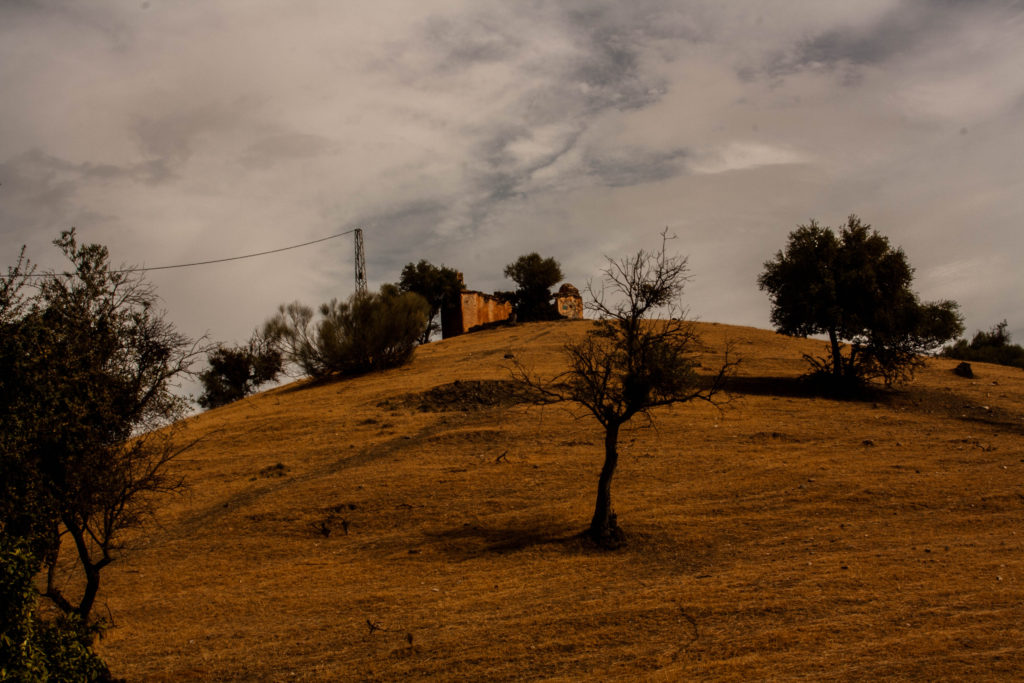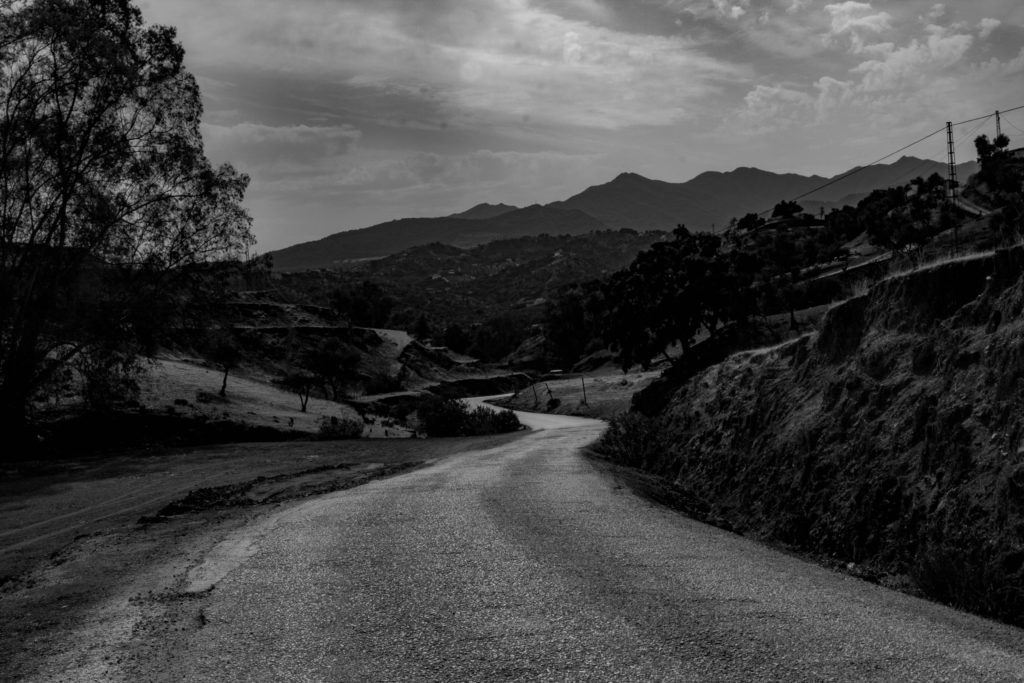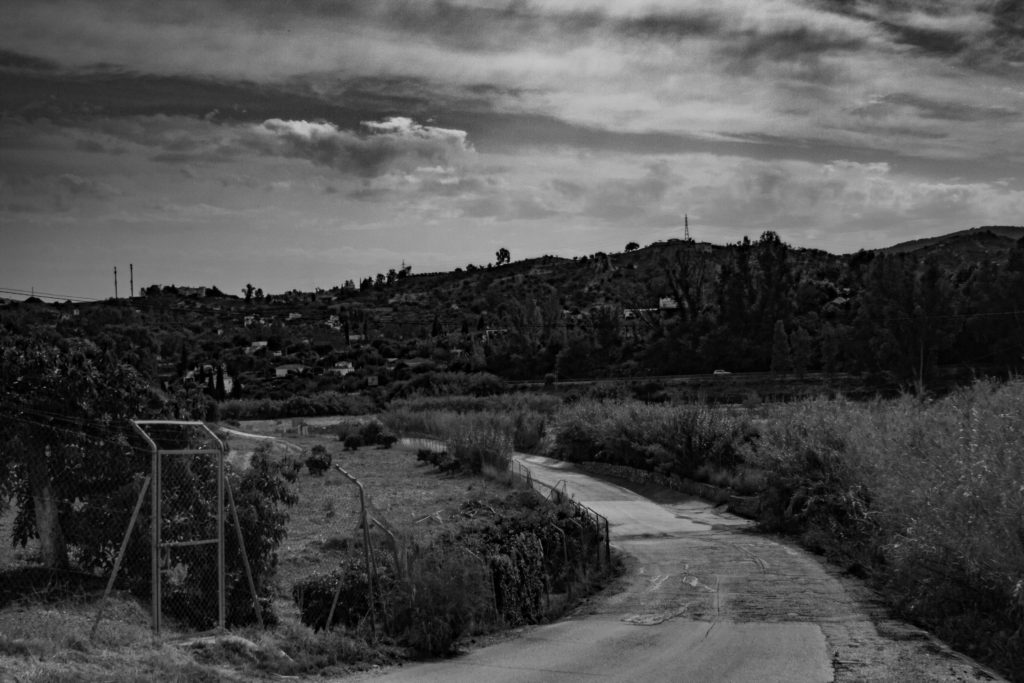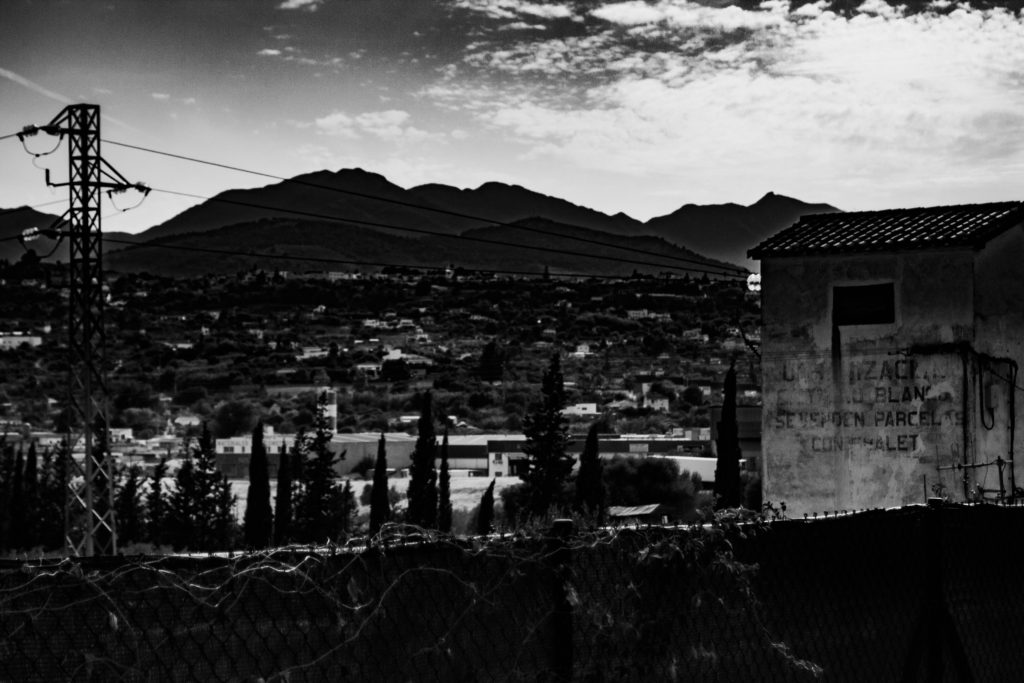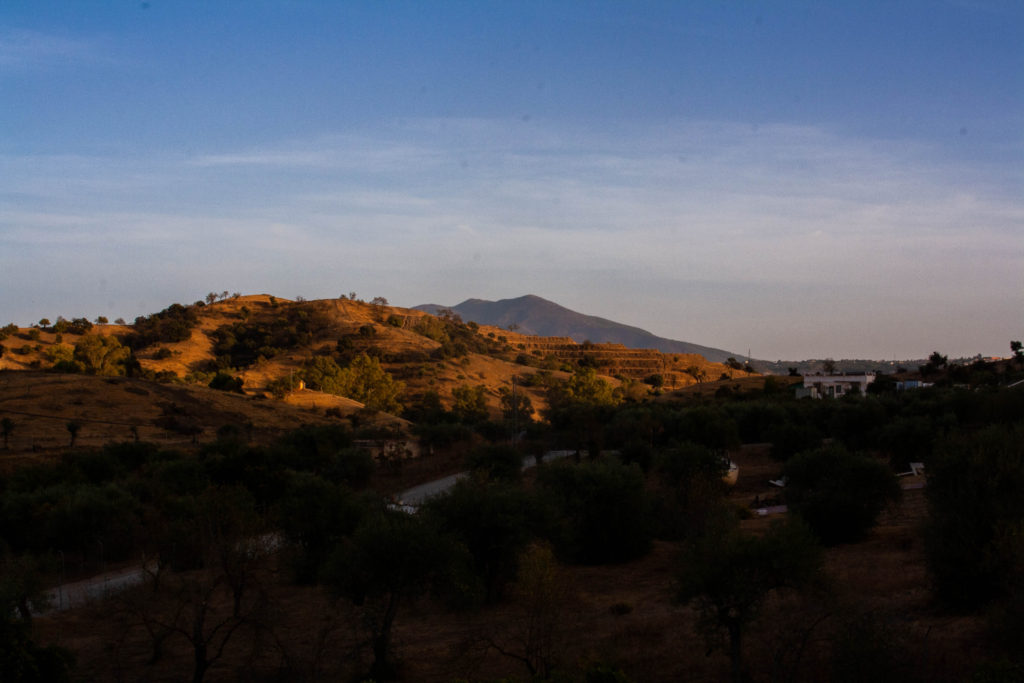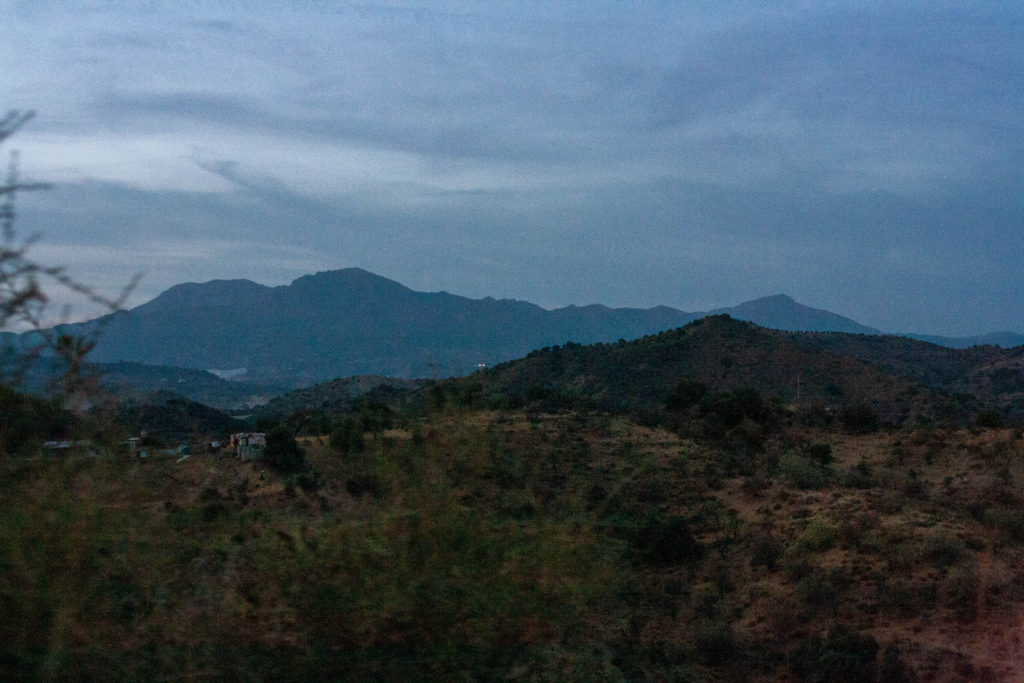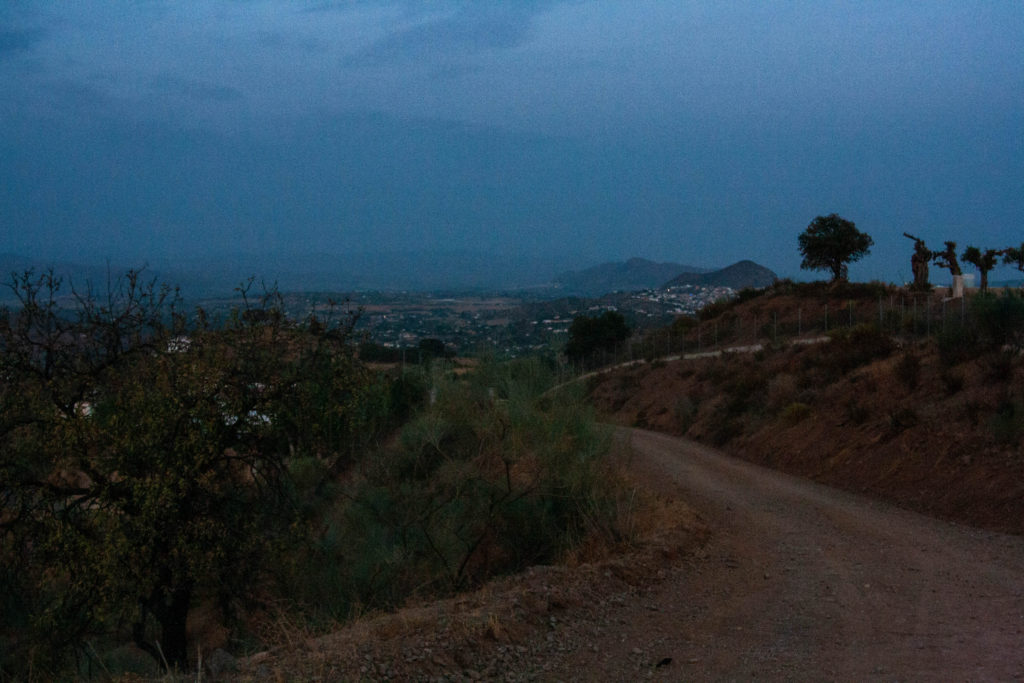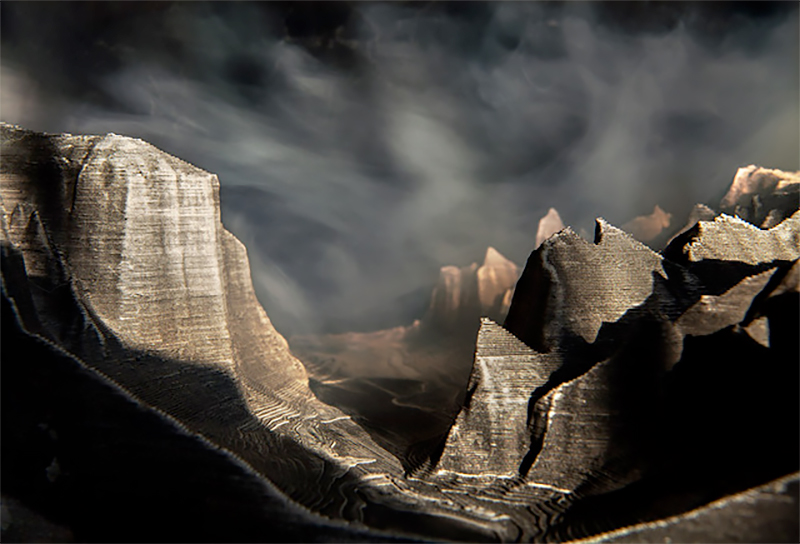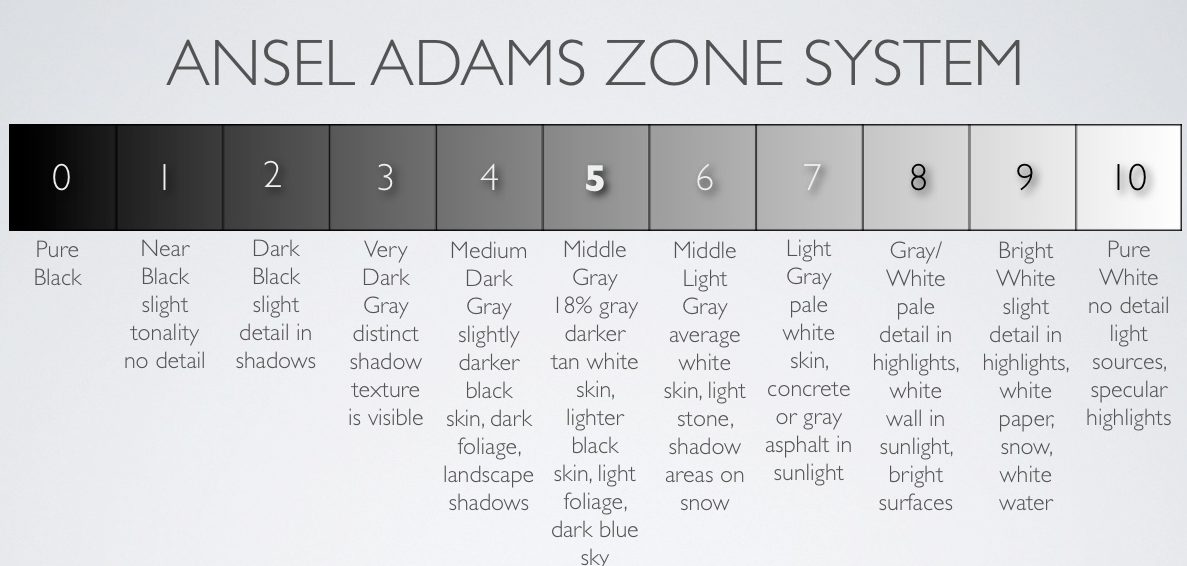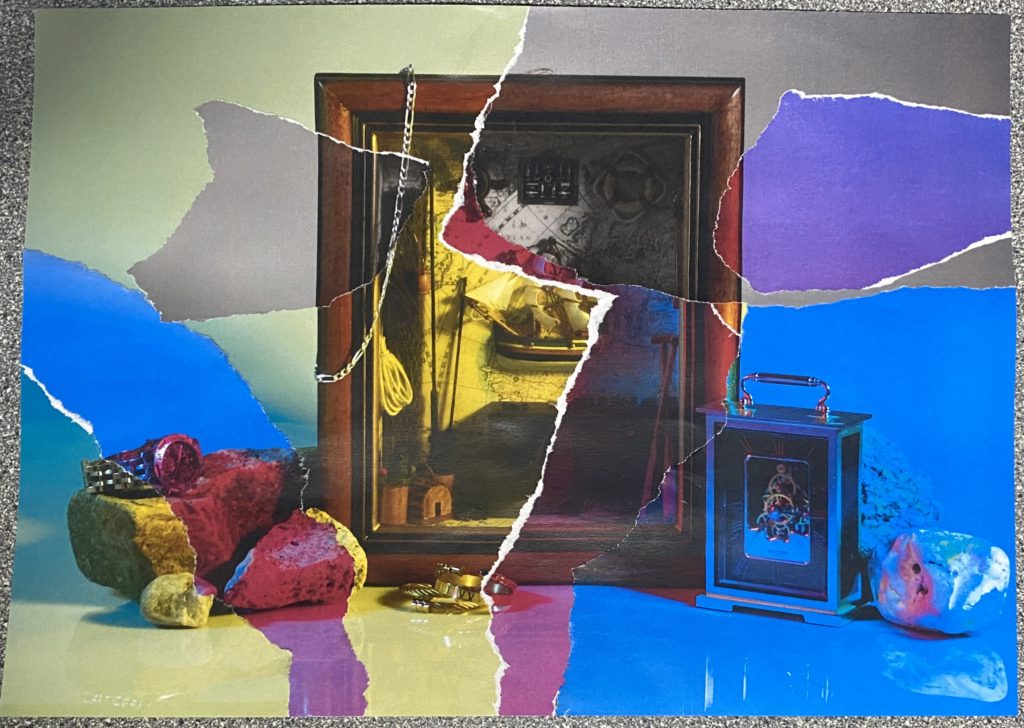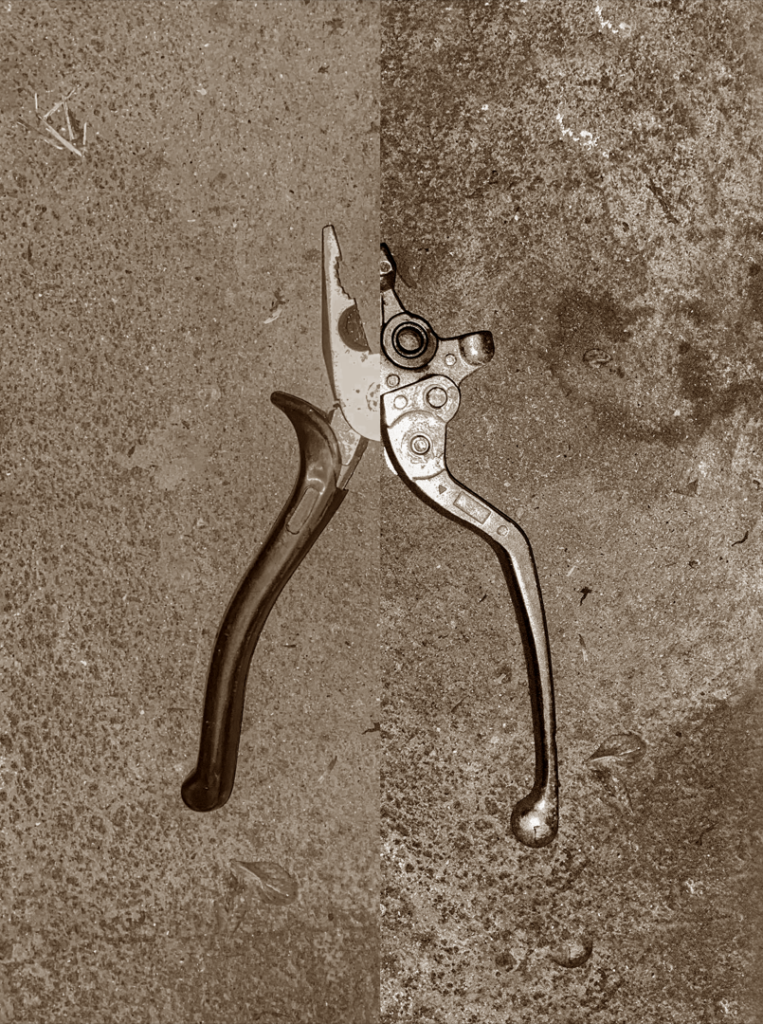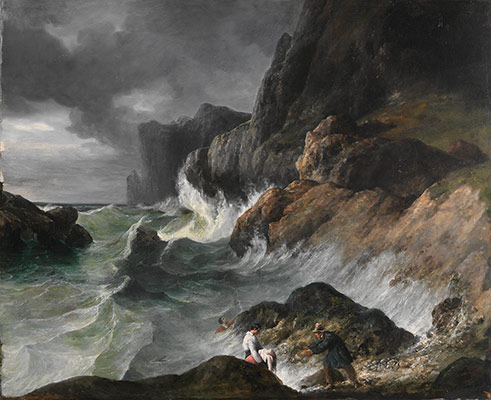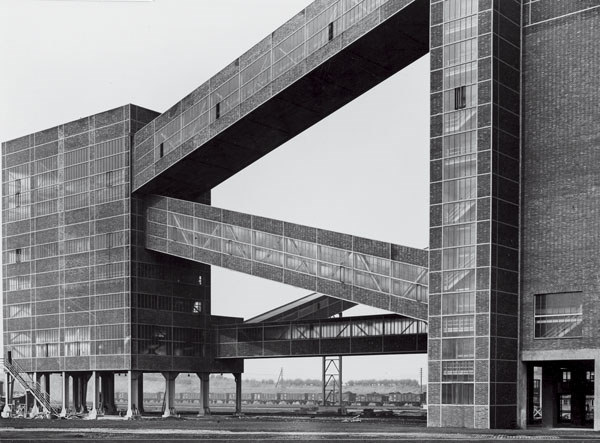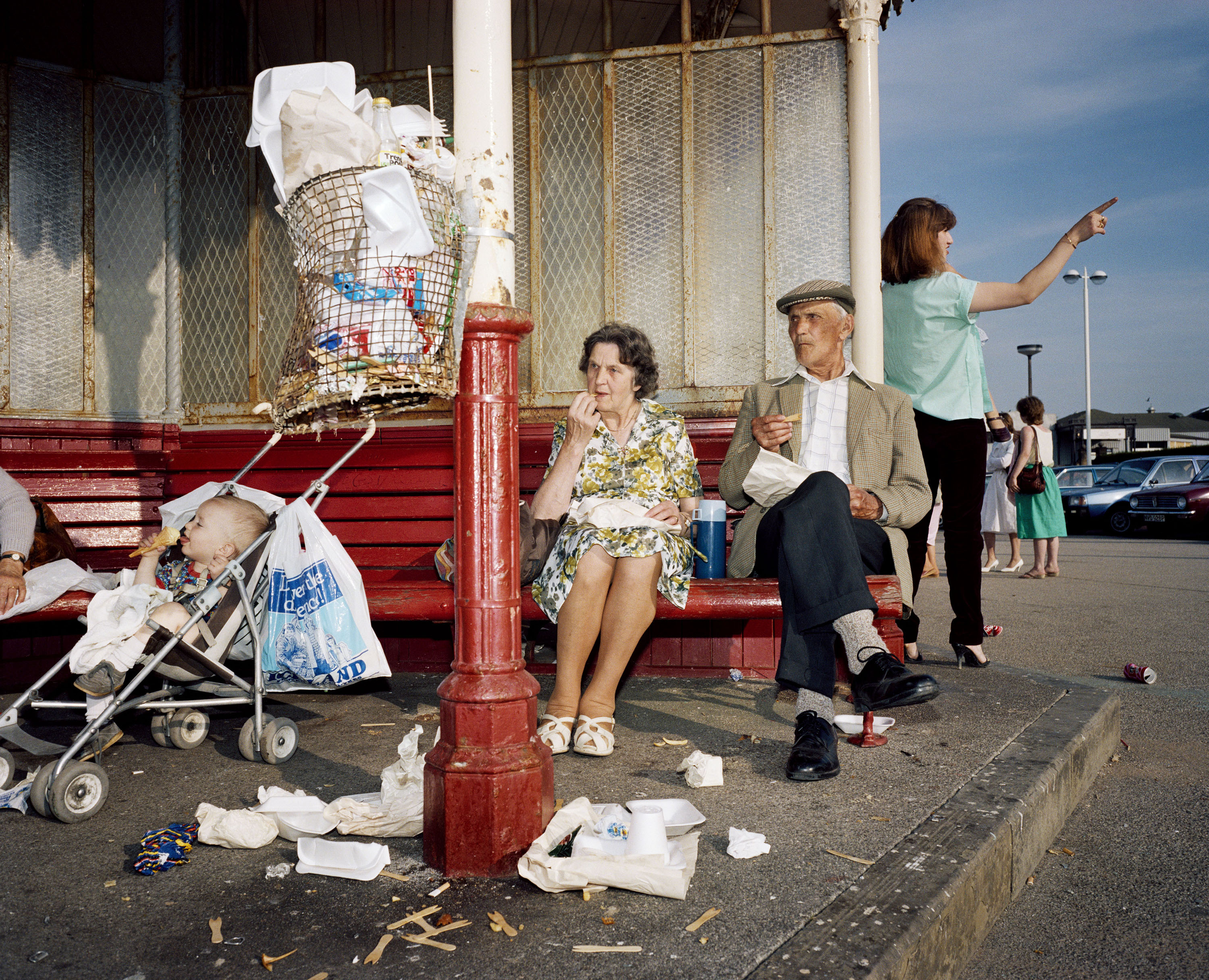
As a class, we went on a photography walk from Havre des Pas to La Collette – photographing the collaboration of the town and the seaside in the style of the new topographics. We used a shutter speed of 1/125 and an automatic ISO on the Tv setting to achieve a darker, less exposed look on the final images we took.

With each image, I tried to implement some form of natural formation with something visible manmade, to create a contrast between humans and nature, such as trees near a construction site, the beach and the pier itself, etc.


I also tried to feature some people in my images to give them a little more life – asking classmates to stand somewhere, taking candid photos of them, etc.

I then sorted through each photograph using the pick tool, rejecting images that were blurred, too close to someone, or ones that just didn’t have a very functional composition – too dark, too overexposed, etc.

After selecting the images I found the most interesting, I was left with 53 compositions that I could mess around with.
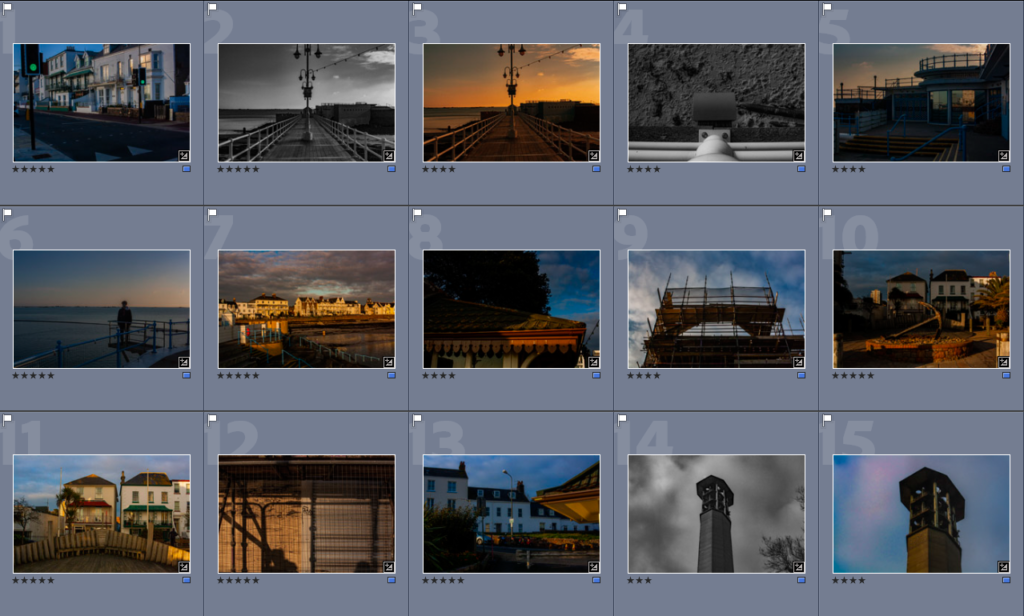
I then edited the photos that I liked the most and was left with these as the results – I mostly focused on the temperature of them, bringing out the blue and yellow hues.




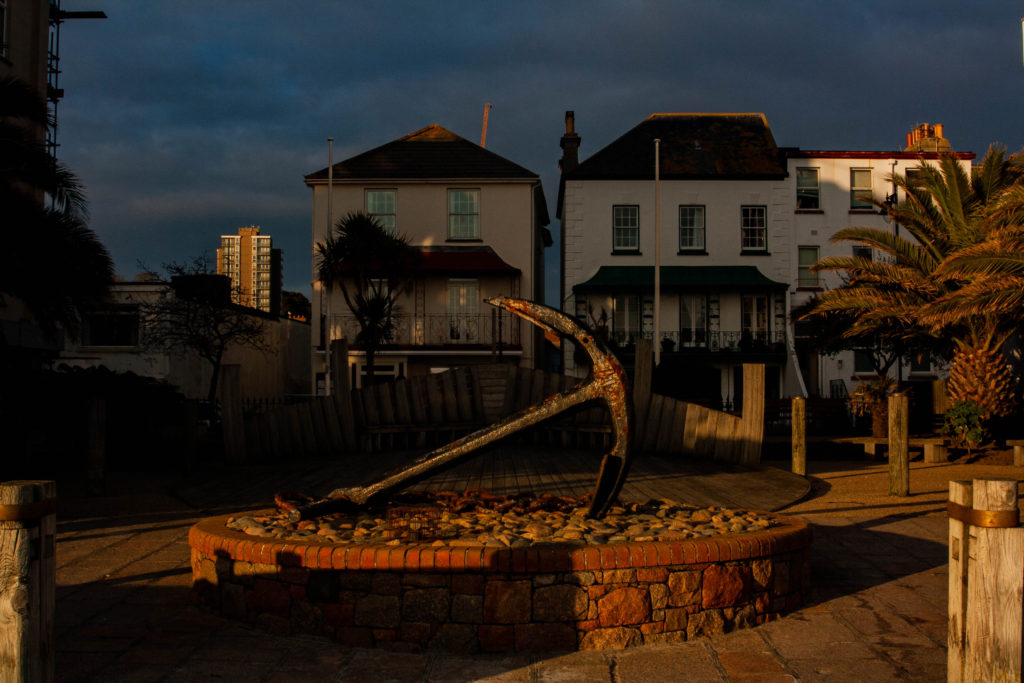

My favourite images were these six, each having a good balance of colour range, texture, and lighting.

